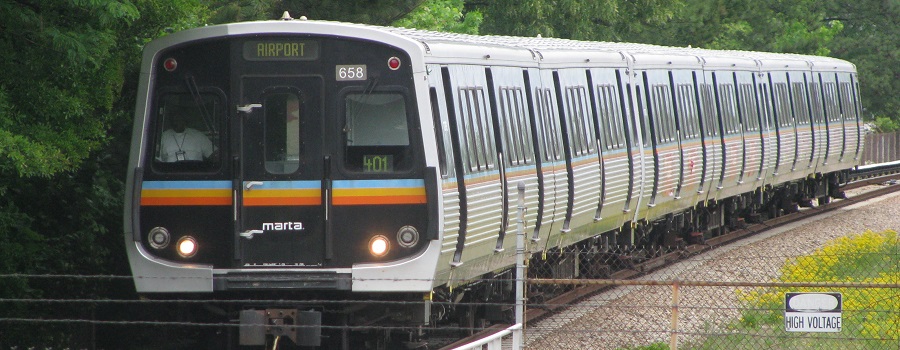Format: ArcGIS StoryMap
Historic Harlots of Old Atlanta
Digital tour of the rise and fall of the bawdy brothels that lined Downtown Atlanta’s Collins Street from the late 1800s to the early 1900s—showcasing...
Read More

Streetscape Palimpsest: A History of Georgia Avenue
Digital project that investigates the history of Georgia Avenue, which once served as an important commercial thoroughfare in the neighborhoods south of downtown Atlanta, and...
Read More

Tracing a History of Atlanta’s Public Transit
Atlanta, originally named Terminus, has a profound history which is extensively intertwined with transit. This project visualizes how the city’s public transit system, now a...
Read More

Atlanta’s Forest
Student project from GSU Department of Geosciences. With more than 80,000 acres of tree cover inside the Perimeter, Atlanta leads the nation in urban tree...
Read More
 Georgia State University Library
Georgia State University Library
